The History of Project-Based Learning (PBL)

Project-based education has a long history, although it might seem like a relatively new approach that has become popular only in the last few decades.
In this blog we cover the history of Project-Based Learning and share that history visually as we trace the concept of learning by doing back centuries.
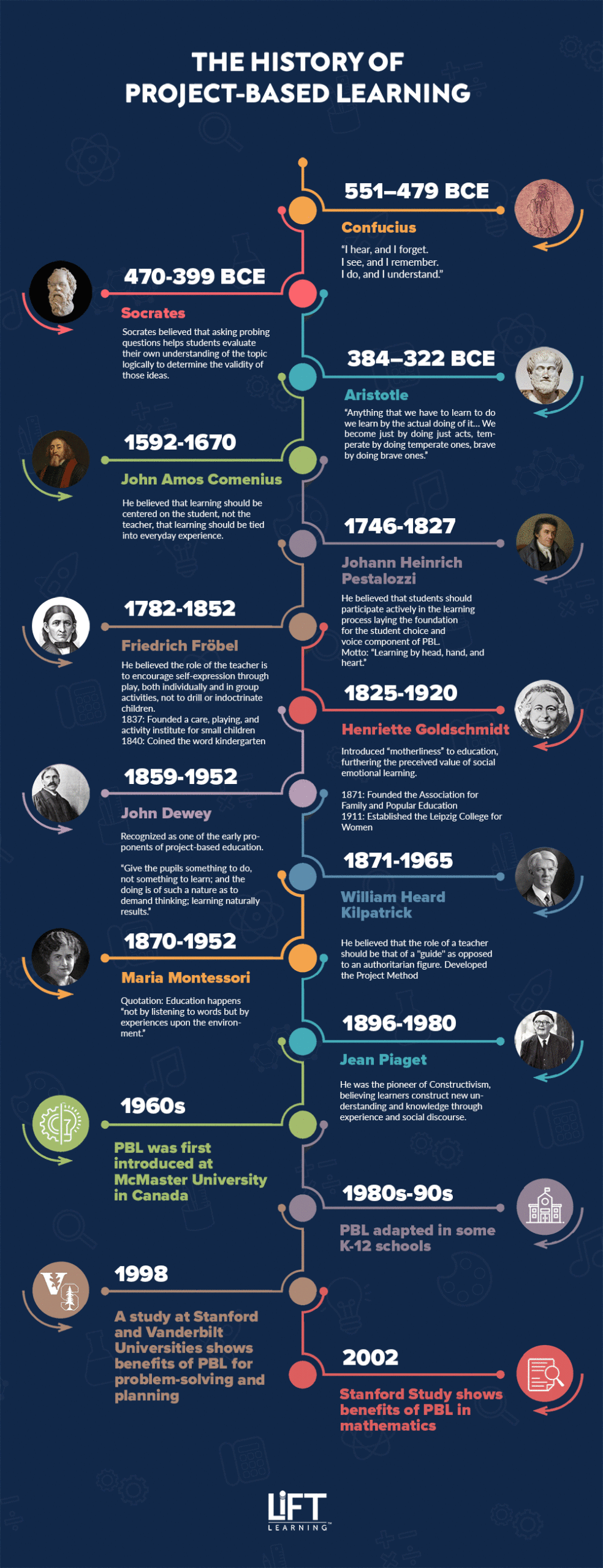
The Socratic method of asking probing questions in order to facilitate learning is well known. John Dewey and Maria Montessori, both prominent thinkers and educators of the twentieth century, advocated learning through real-life experience over book learning.
By promoting strategies of sustained inquiry and presenting a challenging problem or question, they are aligned with the core components of Project-based learning.
Today, project-based learning techniques are used to teach medicine, engineering, law, and many other highly skilled disciplines. If you’re still unfamiliar with what PBL is, see examples and definition here before learning more about the history of PBL.
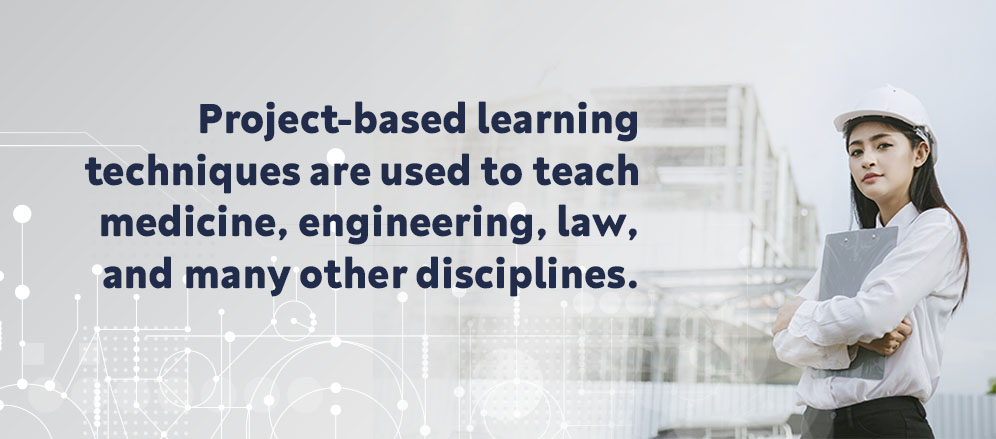
The idea of project-based learning as a K-12 method of instruction continues to gain momentum across classrooms.
See How LiFT Learning Empowers Teachers to Empower Learners: Watch Our PBL Platform Demo Video
Antiquity
The roots of project-based learning can be traced all the way back to Antiquity.
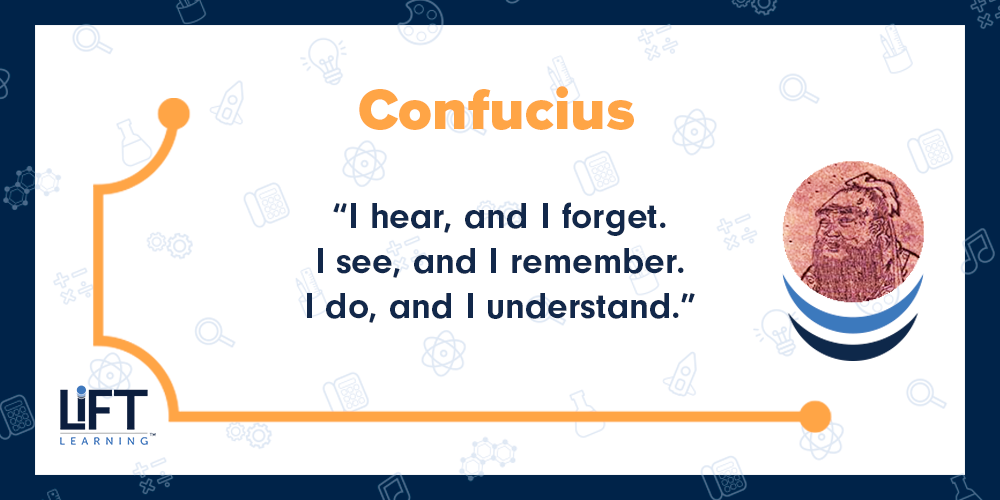
Confucius, the famous Chinese sage, was known to engage in discussion and debate with his students. The classical Greek philosopher, Socrates, used the method of questioning and refutation, and Aristotle also championed the notion of learning by doing.
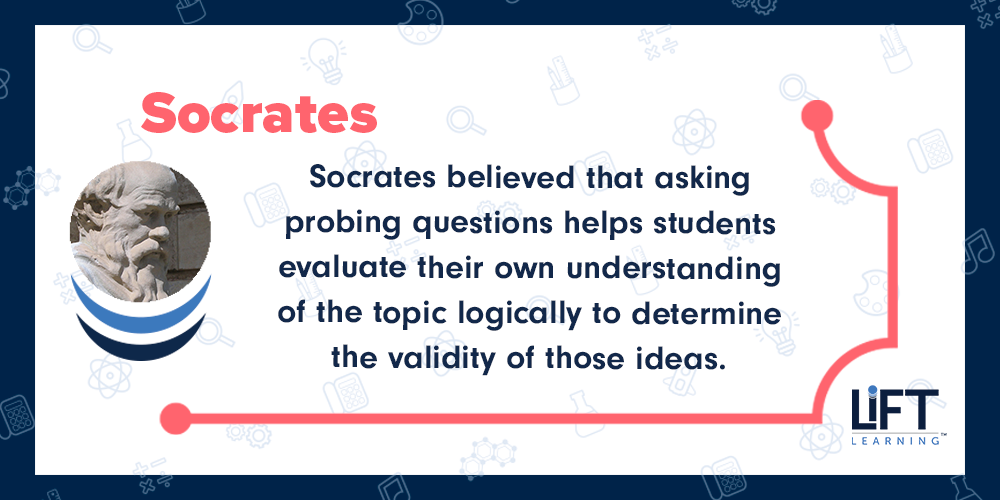
As he wrote in Nicomachean Ethics, “Anything that we have to learn to do we learn by the actual doing of it.”
This ties right into the authenticity component of gold standard PBL.
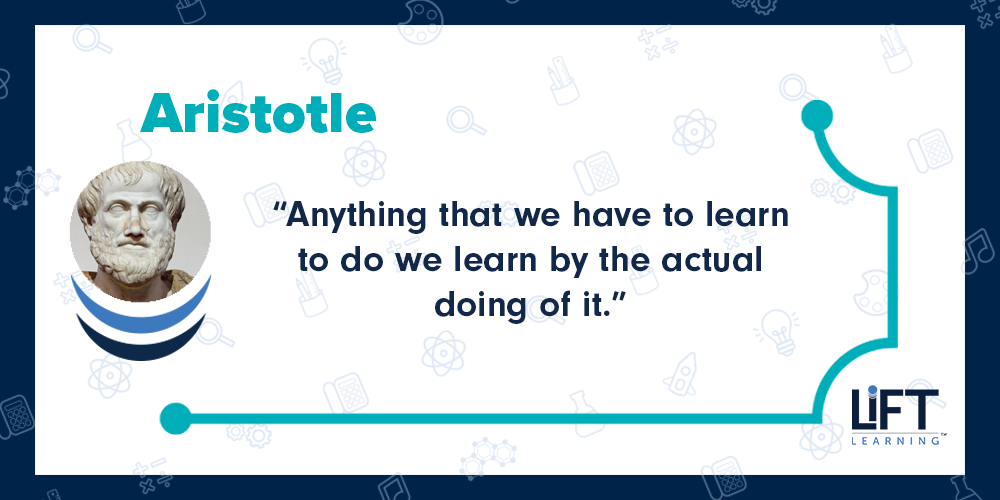
Early Modern period
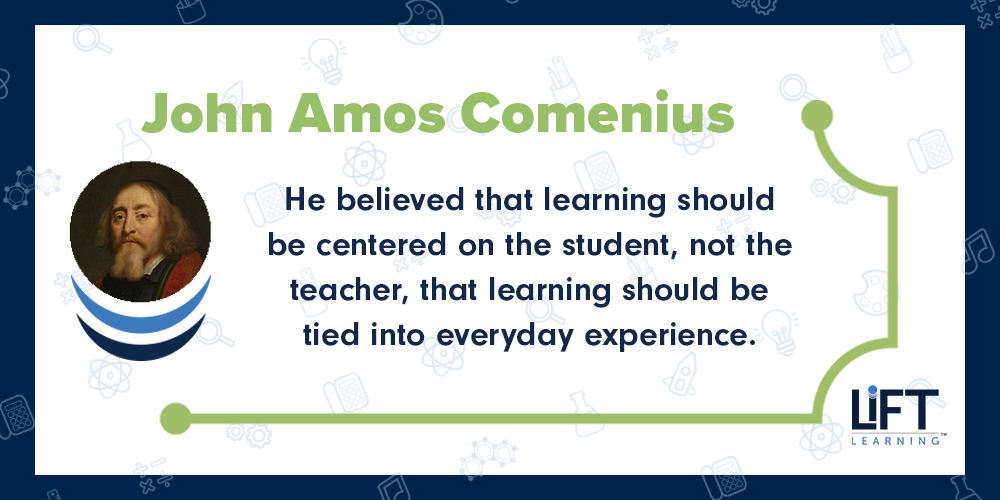
The concepts of project-based learning continued to develop in the early modern period. John Amos Comenius, a Czech philosopher, pedagogue, and theologian, is considered the father of modern education. He advocated for universal education, led schools, and advised governments.
He believed that learning should be centered on the student, not the teacher, that learning should be tied into everyday experience, that we should focus on thinking rather than memorizing, and that multiple media enhances learning. He created the first multimedia textbook featuring woodcut illustrations. His ideas are closely aligned with core components of PBL such as reflection and authenticity.
The Enlightenment
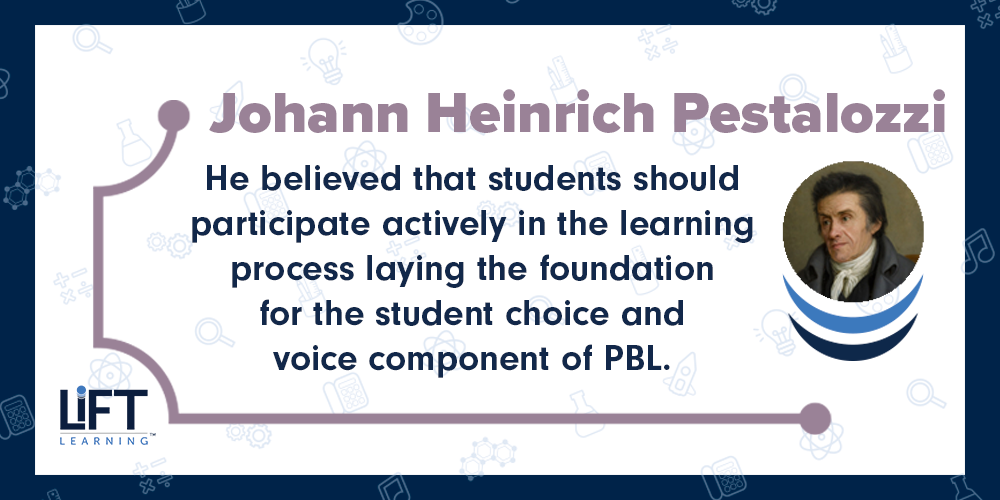
The Enlightenment began in the late-eighteenth century and prioritized reason over religion. Enlightenment thinkers developed revolutionary ideas about education and pedagogy that emphasized critical thinking and a child-centered approach.
For example, Johann Heinrich Pestalozzi’s approach focused on the child’s needs and interests.
He believed that students should participate actively in the learning process laying the foundation for the student choice and voice component of PBL. His book, How Gertrude Teaches Her Children (1801), introduced readers to his educational theories.
Nineteenth to Early Twentieth Centuries
Several innovative educators in the nineteenth and twentieth centuries promoted the principles of project-based learning in their educational philosophies.
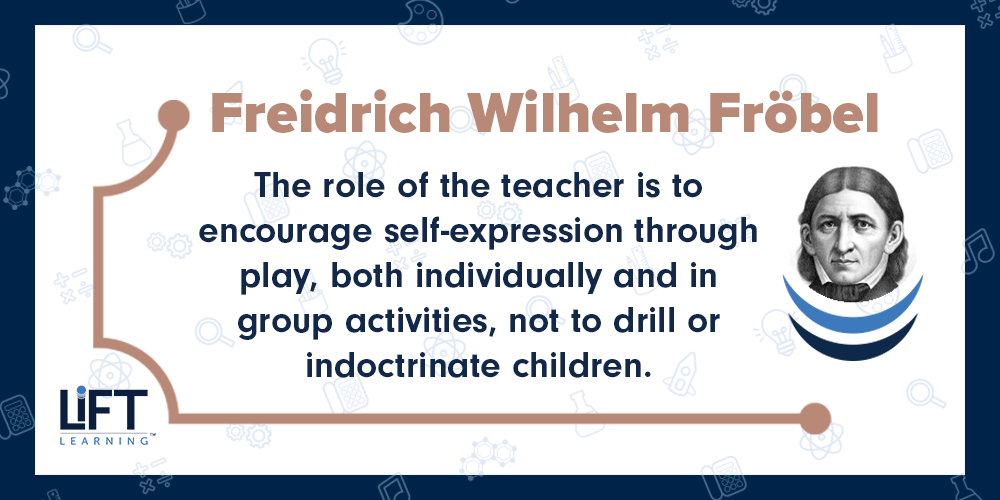
A student of Pestalozzi, the German educator Friedrich Fröbel recognized that children had distinct needs and abilities and emphasized the importance of nurturing them like “plants in a garden.” Based on this idea, he coined the word kindergarten in 1840.
Henriette Goldschmidt was a German champion for women’s education who was influenced by Fröbel’s writings.
The twentieth-century educational theorist and philosopher John Dewey argued that active experiences would better prepare children for life in the real world and challenged the view that students were passive recipients of knowledge.
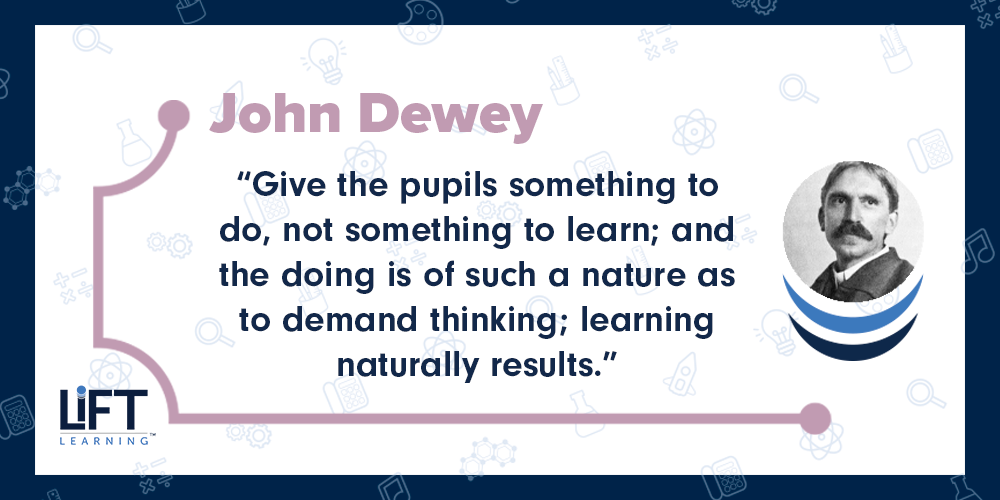
In Dewey’s idea that learning is more interesting for students who are actively involved, we see the roots of project-based learning components such as student choice and voice and authenticity.
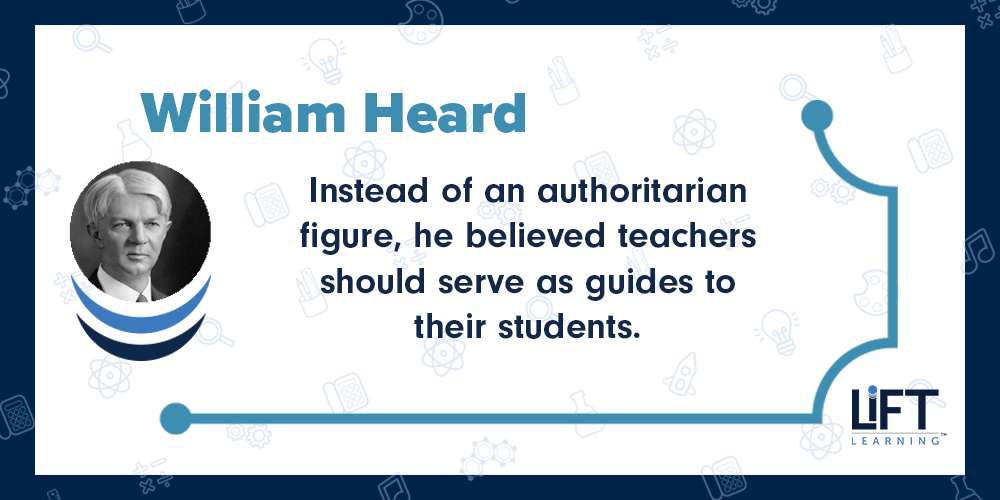
William Heard Kilpatrick, a student of John Dewey, developed the project model in the early 1900s.
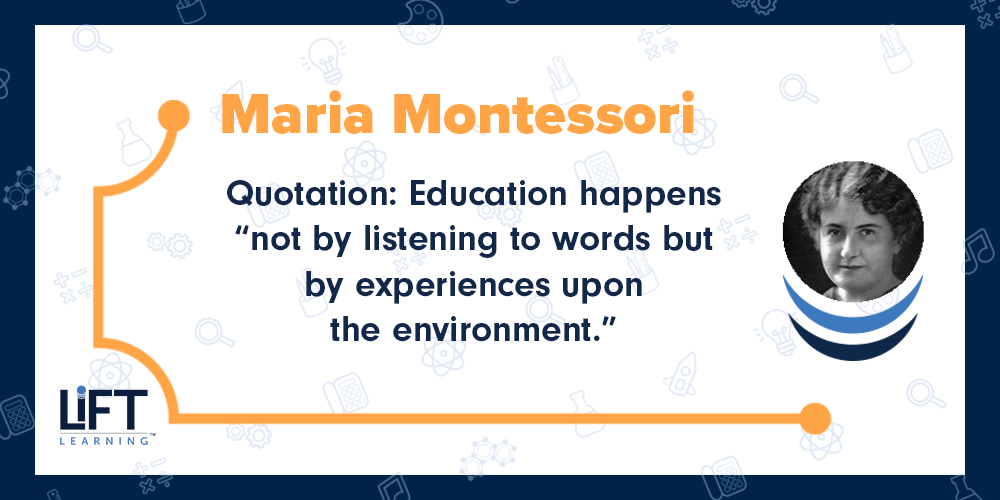
The Italian physician and child-development specialist, Maria Montessori, launched an international movement based on the notion that young children learn best through experiences.
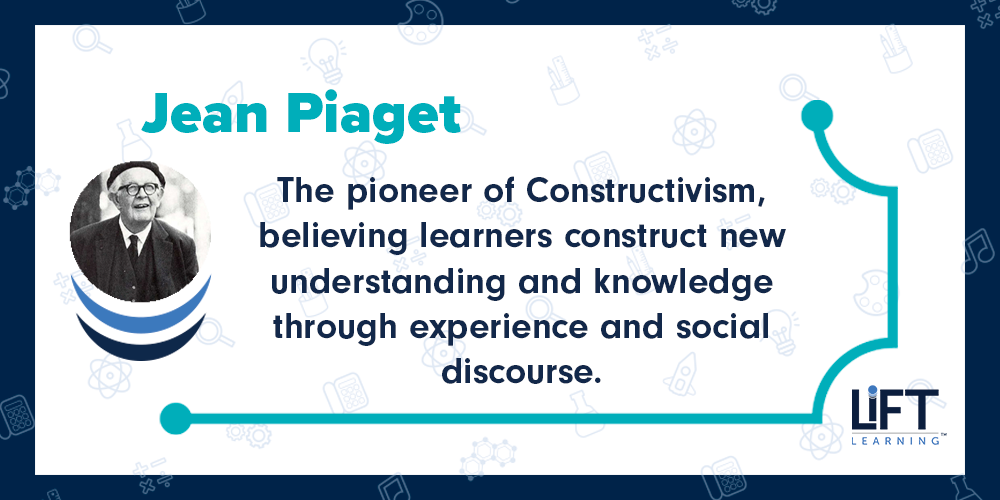
The “situated learning” perspective of Jean Piaget, a Swiss psychologist, advocated for engaging students in their learning rather than trying to make them acquire knowledge through memorization.

Late Twentieth Century
In the 1960s, McMaster University in Canada implemented a project-based learning approach that would be adopted as standard practice in medical schools. Other disciplines such as engineering, economics, and law soon began to use these strategies to train their students to deal with real-life situations and problems. Some K-12 schools started to adopt project-based learning practices in the 1980s.
Project-Based Education in the Twenty-First Century
In the twenty-first century, project-based learning has become more refined as a method of instruction for K-12 education. A project-based learning environment engages students with hands-on learning, gives students more choices in what they learn, and puts students in charge of their own learning processes.
Studies at Stanford and Vanderbilt Universities have shown that students at schools using project-based learning outperform students from traditional schools in math, problem-solving, and planning.
While only a small number of schools have fully implemented a project-based learning approach, this method hopefully will continue to grow and flourish in the future.
Looking back over the centuries, we see that the basic components found in gold standard project-based learning today have deep roots in the thought and work of several philosophers and educators of the past. Concepts such as authenticity, reflection, sustained inquiry, and student voice and choice that can be traced back through time are powerful tools in the twenty-first-century classroom.
References
Bianka, “Froebel’s Kindergarten: The Origins of Early Childhood Education.” Sprouts. August 1, 2021. https://sproutsschools.com/froebels-kindergarten-the-origins-of-early-childhood-education/
Boss, Suzie. Project-Based Learning: A Short History. September 20, 2011. https://www.edutopia.org/project-based-learning-history
Doles, Kyna. “What is Project-Based Learning?” Frontline, July 17, 2012, https://www.pbs.org/wgbh/frontline/article/what-is-project-based-learning/
Fassmann, Maya. “Henriette Goldschmidt.” Shalvi/Hyman Encyclopedia of Jewish Women. 31 December 1999. Jewish Women’s Archive. (Viewed on December 6, 2021) https://jwa.org/encyclopedia/article/goldschmidt-henriette
Project-based learning, Wikipedia, the free encyclopedia. https://en.Wikipedia.org/wiki/Project-based_learning

